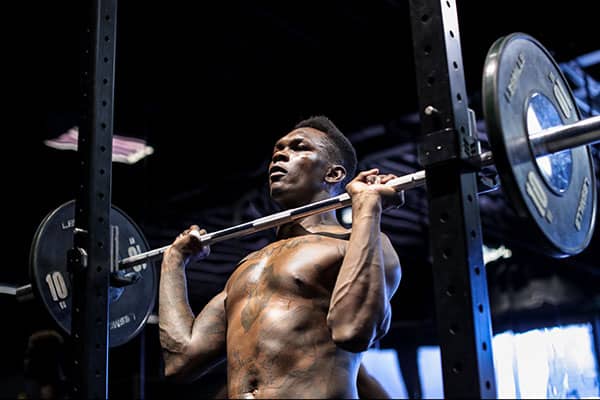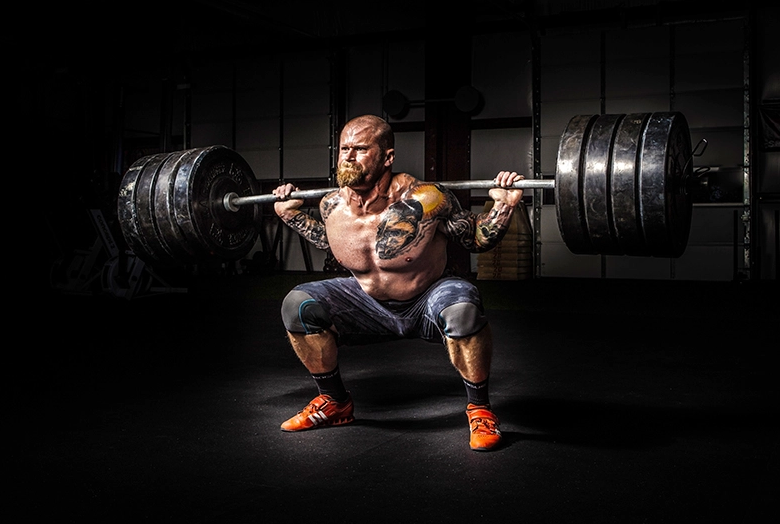Mixed martial arts has exploded over the past decade due to the popularity of the UFC. Many want to become professional fighters and some want to become MMA trainers.
Continue readingTag Archives: martial arts
What Is Gracie Jiu Jitsu?
The Gracie Family is a well-known martial arts family with roots in the Brazilian city of Belém and Paisley, Scotland.
They are renowned for developing the Brazilian Jiu-Jitsu and Gracie Jiu-Jitsu self-defense martial arts systems.
Continue readingIs Karate Good For Self Defense?
Out of the many styles of martial arts a common question is always asked; is karate good for self defense? The reason for this popular question is because people see karate practitioners doing Kata and think that’s what karate is all about.
Continue readingThe Importance Of Nutrition For MMA Fighters
The most important part of a combat athlete’s daily regimen is certainly nutrition. Why? Because combat athletes must make weight while competing at the top levels; nutrition is the single most important aspect in a successful weight loss (weight cut).
Continue readingCan A Boxer Beat An MMA Fighter?
Many die hard fans have been asking for decades the ultimate question, Can A Boxer Beat An MMA Fighter? Some think that a boxer can win, while others think an MMA fighter will crush a boxer.
Continue readingTop 10 Most Attractive Female Fighters In MMA
MMA has grown significantly over the years due to the popularity of the UFC. Up until 2012 there were no female fighters in the UFC.
Continue readingAljamain Sterling: UFC Bantamweight Campion
If you’re a mixed martial artist, you’ve no doubt heard of Aljamain Sterling. The Jamaican native holds a black belt in Brazilian Jiu-Jitsu and has made significant strides in his striking game.
Continue readingBasic MMA Strength Training Routine
A basic MMMA strength training routine includes exercises that work the entire body. The goal of a routine is to build strength, power, and conditioning.
This training plan should include compound moves that work the hamstrings, glutes, upper back, shoulders, and forearms. Using compound moves will help you build strength and power before the competition season.
The content throughout this post should serve as an overview to a good MMA strength and conditioning program. This is the most comprehensive combat athlete training program overview on the net today.
MMA Is Not In The Olympics and Here’s Why
Core Body Strength Exercises
An MMMA strength training routine should focus on developing the core and stabilizing the body.
Core exercises focus on protecting the abdominal organs while stabilizing the spine, pelvis, and shoulders. They also build speed, which will be vital during a fight.
While strength training is crucial for MMA fighters, a basic strength training routine should also include aerobics and endurance exercises.
Compound movements such as the lateral lunge and rotational medicine-ball throw are excellent exercises for the core. Both of these exercises work the body from every angle, including side-to-side. In addition to strengthening your core, these exercises will build strength and power throughout your entire body.
Adding explosive power is important in mixed martial arts. It will help you move faster and make more powerful punches. This is achieved by incorporating plyometric exercises into your workout.
A plyometric workout is best done two to three times a week, with 48 hours between sessions. Some exercises for a plyometric routine include plyo push-ups, single-arm throws, side throws, and lateral high hops.
A basic MMA strength training routine should include the use of a barbell, med ball, and striking bag. Weight lifting will increase your strength and make you leaner. It will also reduce the risk of injury.
Deadly Submission: Von Flue Choke

Strength and Conditioning Phases
There are three phases to a basic MMA strength and conditioning program. The first is called phase one and focuses on developing basic strength and balance.
The second phase, known as phase two, is all about converting strength into sport-specific power. The third and final phase is the conditioning phase.
Phase one is achieved by performing exercises such as Olympic lifts, plyometrics, and other high-velocity exercises. Lastly, fighters should focus on developing good proprioception and flexibility to improve their fight-related performance.
Generally, a fighter should begin a general preparation phase eight weeks before a fight. At this time, he or she should have a base level of aerobic capacity and general fitness.
Phase two should also focus on building strength endurance and joint integrity. A fighter should incorporate a variety of strength-building exercises to maximize the benefits of training in the cage. Some example could be kettle bell, battle rope, and calisthenics exercises.
As mentioned earlier phase three has to do with conditioning exercises. The body conditioning exercises should strengthen, shape, and tone your whole body. Before beginning a full workout, the fighter should perform warm-up sets with light weight for fifteen to twenty repetitions.
There is a phase four that is outside of your training phases, and that phase four is known as competition phase. As the main fight approaches, you should feel that you’ve done enough in training to have a good fight.
You’ve prepared all you can during training camp and now all you have to do is execute an pull off a win. Keep your mind clear and your emotions steady because any overhype in thoughts will increase your emotions and have you feeling super tense before the fight, and that’s not what you want.
5 Karate Lessons For White Belts
Top MMA Strength Exercises You Should Be Doing (Video)
The Best Way To Get An MMA Body
Weight Training Regimen
An effective MMA strength training program should incorporate compound movements, which work the legs, glutes, arms, upper body, shoulders, and core.
These exercises develop strength, power, and endurance. They also help a fighter prepare for competition season. It is also a good idea to add bodyweight circuit training to your routine. Performing bodyweight circuit training will help you improve your agility and flexibility.
The goal of a strength training regimen is to complement the technical training that a fighter already does in the cage. The first step is to identify areas that need more work. Usually, a fighter will focus on their weakest areas, which will translate to the rest of their MMA strength training regimen.
It is important to progress slowly through the different training phases based on individual fitness levels. While weight lifting is not essential for fighters in specific weight categories, it is important to focus on compound exercises that require a high level of technique.
Likewise, fighters should focus on improving their flexibility and posture. A good MMA strength training routine should also focus on developing explosiveness. This will help a fighter achieve leaner and faster muscle development.
You accomplish this by using exercises that emphasize hip power and coordination. This is essential for MMA fighters. Exercises like dumbbell snatch and cable suplex will help a fighter increase their power by extending their hips forcefully.
What’s A Good Age To Start Karate

MMA Weight Training Routine
Workout 1
- Squat – 3 sets of 5
- Bench Press – 3 sets of 5
- Rows – 3 sets of 5
Workout 2
- Deadlift – 3 sets of 3
- Military Press – 3 sets of 5
- Pullups – 3 sets of 10
Workout 3
- Step-ups – 3 sets of 10
- Push Press or Incline Press or Dips – 3 sets of 5
- Power Cleans or Power Snatches – 5 sets of 3
Training Frequency
As I’ve mentioned before, a basic MMA strength training routine should be composed of a variety of exercises that require high levels of aerobic endurance.
These activities focus on a high amount of effort with minimal recovery time. This will help the fighter develop explosive power and the ability to finish a fight quickly.
MMA training is intense and not for the faint of heart. It involves impacts, extensions, rotations, and cardiovascular challenges. This type of training pushes the body to its limits, and it’s important to have realistic expectations. It’s also important to maintain an appropriate foundation of strength and mobility.
The frequency of a basic MMA strength training routine should be adjusted to the specific needs of the fighter. It may be necessary to substitute some technical sessions for hypertrophy training if the fighter is moving up a weight class. Also, he may want to reduce the overall volume of his training sessions when he’s close to a fight.
MMA fighters typically train twice or three times per day. They typically train for between six to fourteen minutes straight, and then rest for anywhere from 15 to 36 seconds.
Again, the training will vary depending on the needs of the fighter. The fighter’s coach will devise a workout plan and is there to see that the fighter follows it.
Sponsor: Muscle and Fitness
